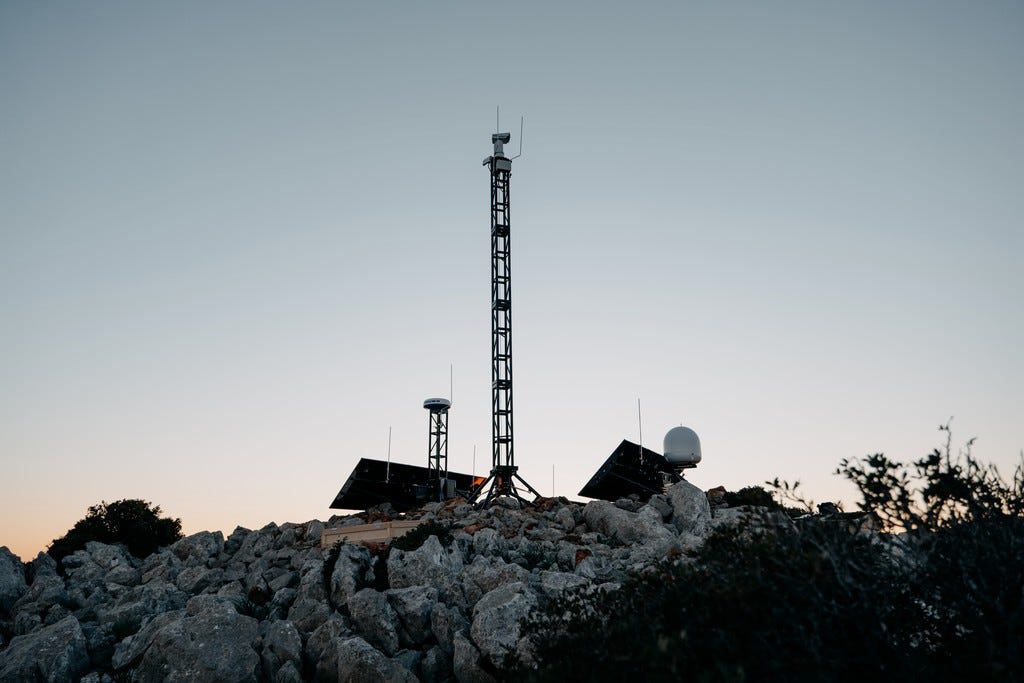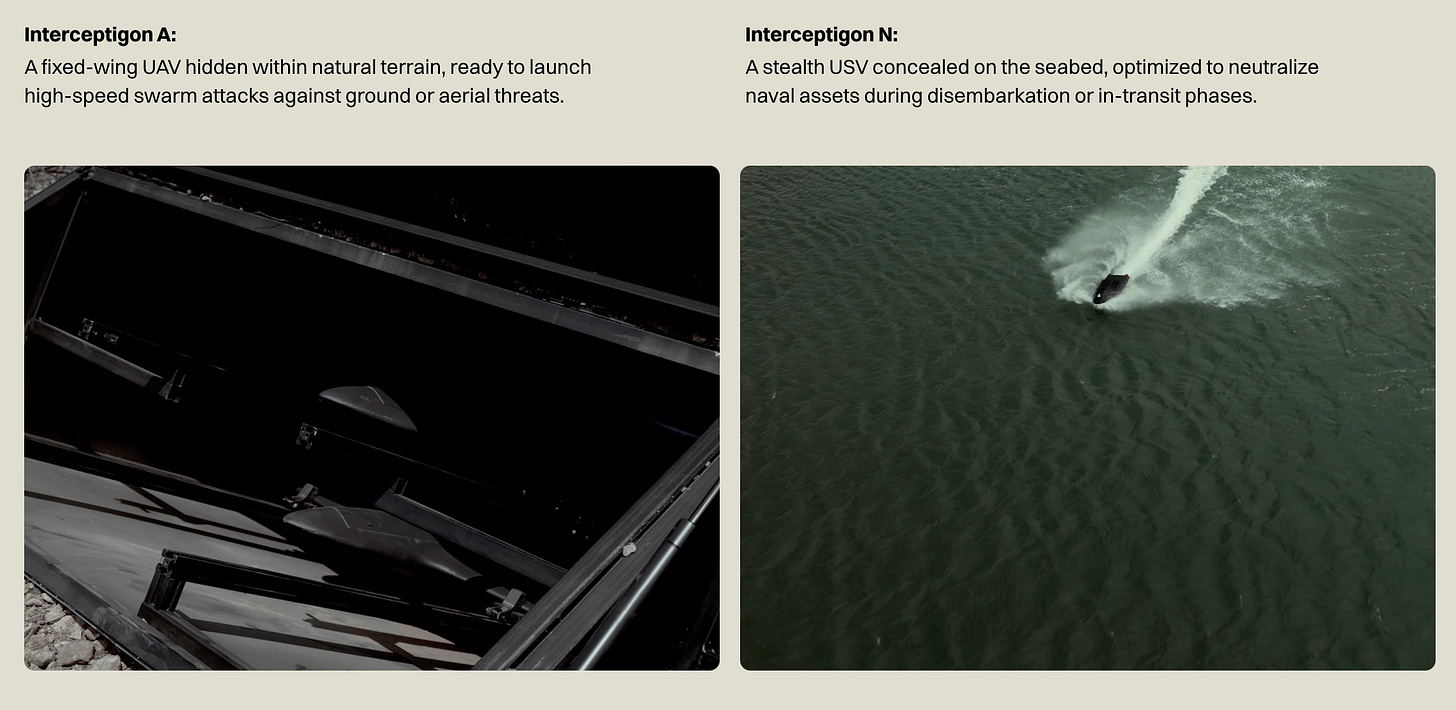Delian Alliance Industries launches Interceptigon autonomous strike systems
Expanding its product range as an emerging defense prime.
Freedom doesn’t come for free
Eighteen months ago, Air Street led the seed round for Delian Alliance Industries, a European defense company building autonomous hardware and software for the modern battlefield.
In our essay Why We Believe in Defense, we wrote:
We unapologetically believe in the right of democracies to defend themselves. It isn’t the West’s expressions of solidarity that have supported Ukraine’s heroic resistance—it’s money, equipment, and new technologies. Democracy isn’t sustained by good vibes, and freedom doesn’t come for free.
Since then, the world has only grown more volatile. Russia’s invasion of Ukraine upended assumptions about great-power conflict. The October 2023 Hamas attacks marked the deadliest day for Jews since the Holocaust. In Asia, the scramble for deterrence in the Taiwan Strait and South China Sea grows more urgent by the month. And with America’s military shield over Europe clearly fading, the continent has no choice but to step up. Defense is no longer a procurement exercise—it’s an existential industrial strategy.
We backed Delian because we believed Europe needed new defense champions capable of building the systems that legacy defense primes couldn’t or wouldn’t. This only becomes possible when world-class technologists, military veterans, defense insiders, and manufacturing experts operate under one unified mission. That conviction has only deepened.
What modern deterrence looks like
In Ukraine, we’ve seen cheap autonomous systems overwhelm exquisite billion-dollar platforms. The cost-exchange ratio has flipped. Corvettes and frigates can now be targeted by swarms of attritable drones. GPS and comms are jammed. Airspace is contested. These are the conditions in which Delian’s platforms are designed to operate—and win.
Here’s how they’re doing it.
Layer 1: See and jam everything
Delian’s first product was LAST, a sensor tower that operates 24/7 to passively detect, classify, and geolocate threats across land and sea. It uses state-of-the-art optics, radar, and signals intelligence to build a real-time picture of the domain—without emitting a detectable signature.
To actively deny the electromagnetic spectrum, Delian built M4K15, a compact, autonomy-ready electronic warfare module. It senses, locates, and jams RF and GNSS across multiple bands. Because it’s small and low-cost, M4K15 can be mounted on unmanned platforms and deployed at scale.
Together, LAST and M4K15 enable persistent intelligence, surveillance, and reconnaissance and real-time electronic countermeasures, forming the sensing and jamming foundation of Delian’s autonomous stack.
Layer 2: GPS-denied autonomy
On today’s battlefield, GPS and radio frequencies are a liability. The electromagnetic spectrum is saturated, and satellite links are often the first to go. That’s why Delian developed OSIRIS, a plug-and-play navigation module for UAVs operating in GPS-denied environments.
OSIRIS matches live onboard imagery with preloaded satellite maps to achieve high-confidence geolocation—without emitting any RF signal. It works across different terrains, is robust to map inaccuracies, and is compatible with drones of any shape, size, or manufacturer.
In other words: autonomy that doesn't rely on the cloud, a control link, or a functioning GPS signal.
Layer 3: Autonomous strikes at scale
This week, Delian announced Interceptigon: a new series of autonomous aerial and sea strike platforms designed for attritable, one-way missions. Watch the Interceptigon in action—stealth, autonomy, and firepower:
The Interceptigon effectors are low-cost, swarming-capable, and highly survivable. They’re built for one purpose: to give defenders a decisive advantage in anti-access/area denial (A2/AD) operations, especially in geographies where proximity and terrain compress reaction time—like the Nordics, Baltics, Southeast Asia, and the Aegean.
Each Interceptigon can be covertly launched from land or seabed, autonomously navigate to a target, and deliver a kinetic or explosive payload—all while operating without GPS or human input.
Toward a European autonomous defense mosaic
When integrated via command-and-control software, Delian’s sensor towers, jamming modules, navigation systems, and strike effectors form a fast, resilient, and distributed defense network. What emerges is a machine-speed A2/AD capability that is modular, scalable, and sovereign by design.
This isn’t just a product launch. It’s a preview of how Europe can reclaim credible deterrence in an age of autonomous conflict.





